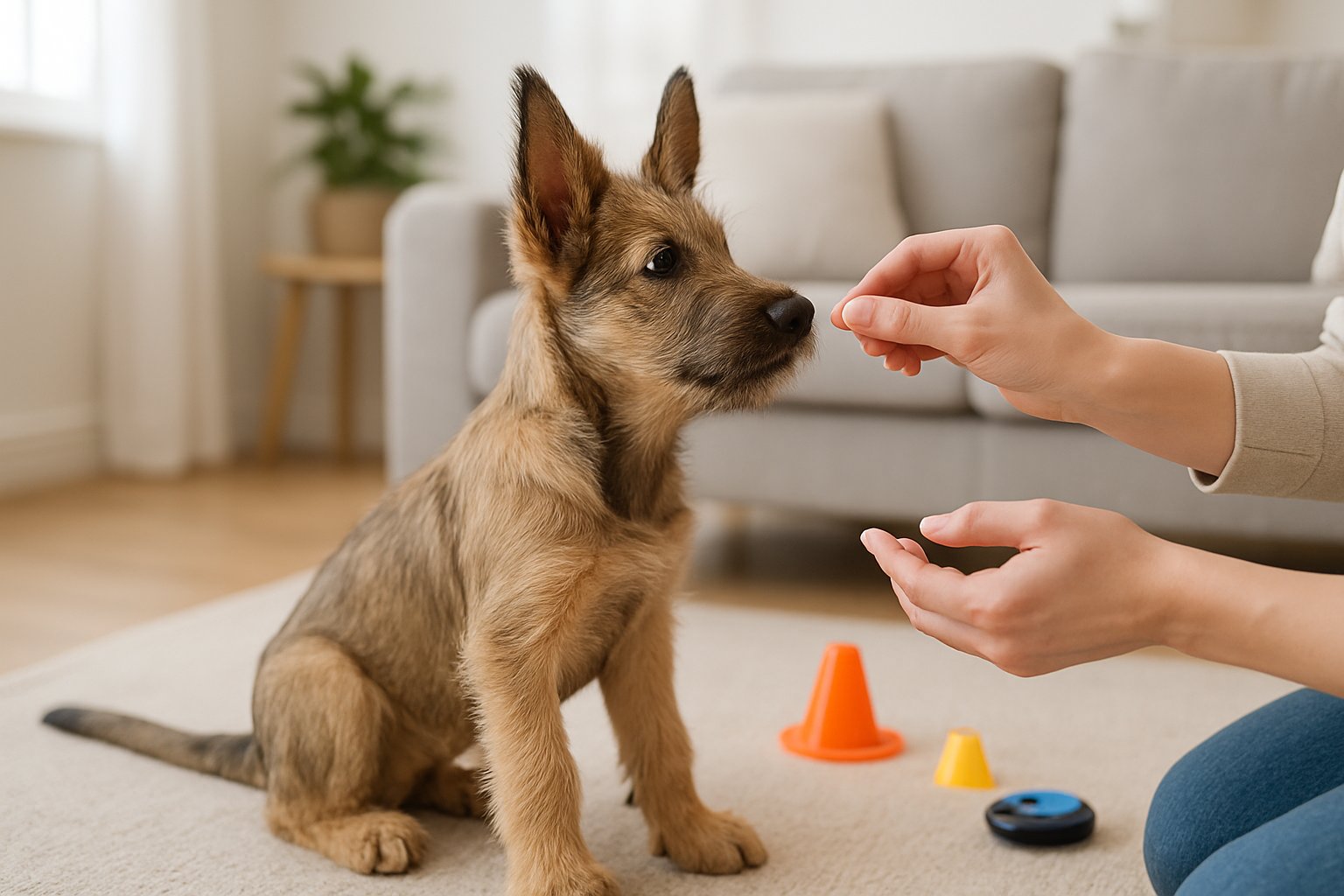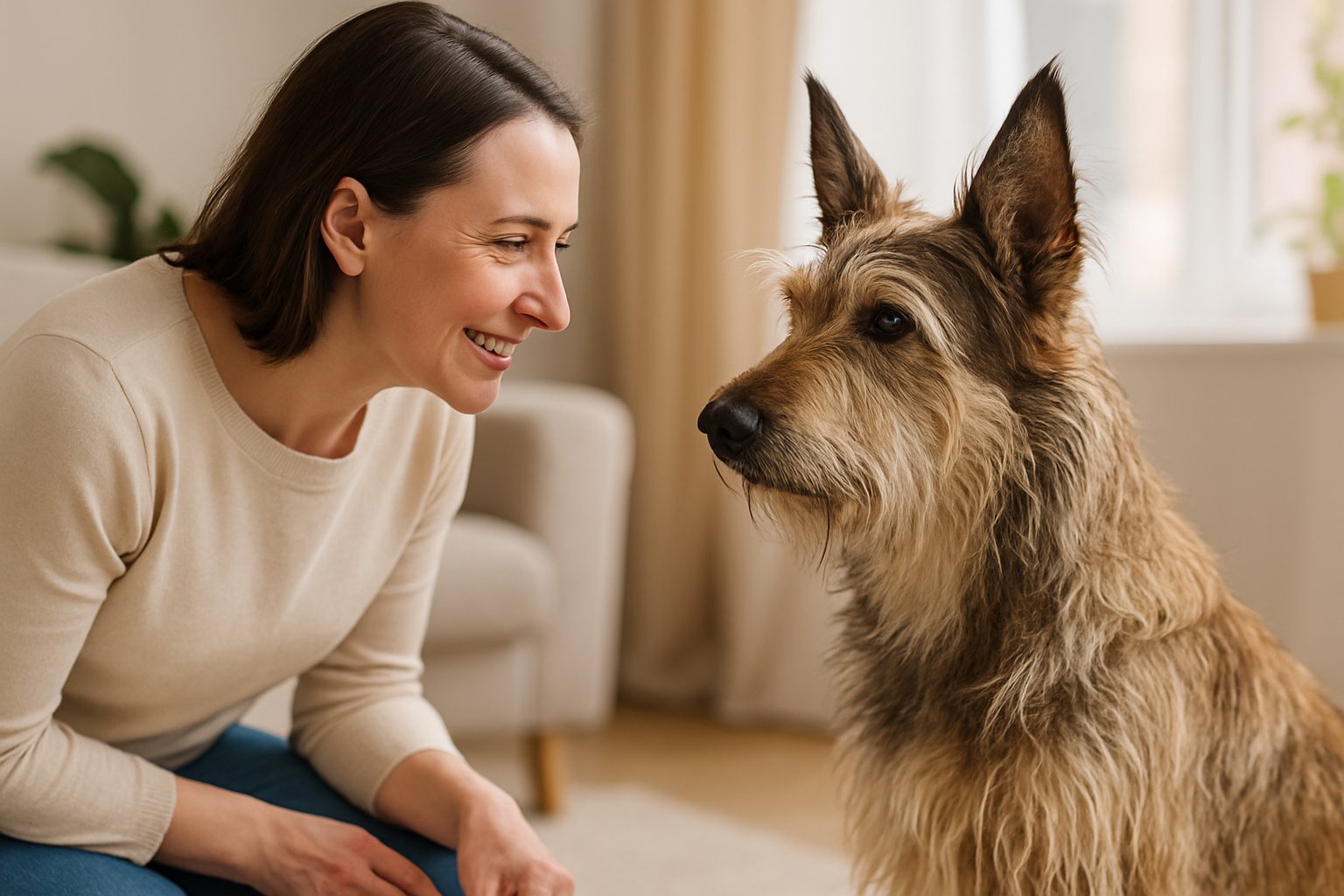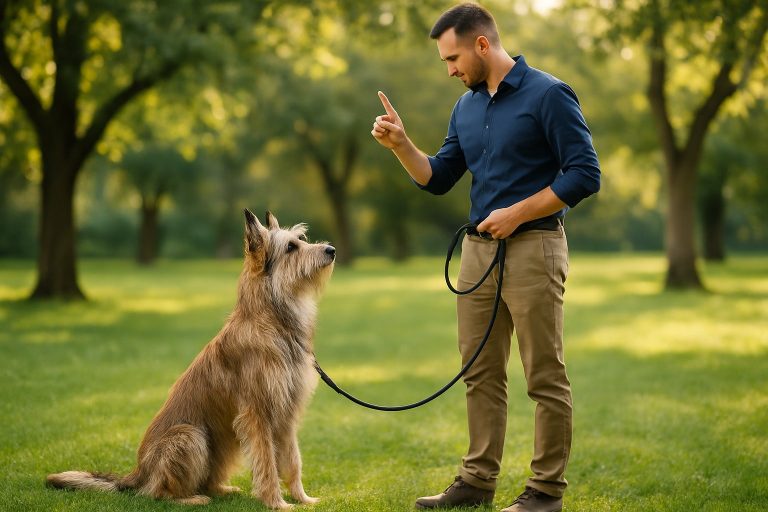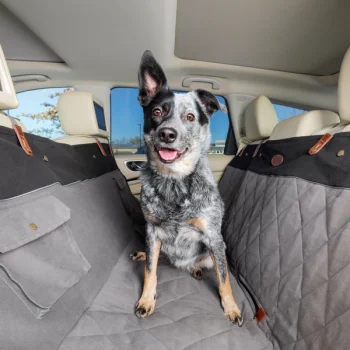Training a Berger Picard takes patience and understanding, but it can be very rewarding. These intelligent dogs have unique personalities that respond best to certain training approaches.
Learning the best training methods for your Berger Picard helps you build a better relationship and achieve a well-mannered dog. You can set your dog up for success by using proven strategies and understanding their needs.
1. Start training early during the critical socialization period between 3-14 weeks.
Begin working with your Berger Picard as soon as possible. The most important window for learning and social skills is between 3 and 14 weeks of age. During this time, puppies are much more open to new experiences and less likely to be fearful of new things. Training your Berger Picard early helps them get used to people, other animals, and a variety of sounds and environments. This early exposure shapes how they react to the world as adults. Puppies are curious at this age and absorb information quickly, which makes introducing good behaviors much easier.

2. Use positive reinforcement methods like treats, praise, and clicker training consistently.
Positive reinforcement is one of the most effective ways to train your Berger Picard. This method means you reward your dog right after it does something you want, so it understands which behaviors to repeat. You can use treats, verbal praise like “good dog,” or even a favorite toy. Combining rewards keeps your Berger Picard interested and motivated to learn new things. Small, soft treats often work well during training because your dog can eat them quickly and stay focused.
3. Avoid harsh punishments or shouting to prevent stubborn resistance.
- Training your Berger Picard with harsh punishments or shouting can lead to stubbornness and confusion. This breed responds much better to a calm voice and clear directions.
- Yelling or using physical punishment may cause your dog to shut down or ignore your commands. Instead, keep your tone firm but gentle.
- Positive discipline methods, like rewarding good behavior and setting clear boundaries, help your Berger Picard learn faster and build trust with you. Dogs learn more from clear guidance and consistency than from fear or intimidation.
- Experts agree that positive discipline based on teaching, not punishment, helps avoid negative reactions and creates a healthy relationship between you and your dog.
4. Incorporate patience and encouragement to nurture the Picard’s sensitive nature.
- The Berger Picard may look tough on the outside, but this breed has a gentle and sensitive soul. Harsh words or punishment can make your dog anxious or less willing to learn. Patience and encouragement are much more effective.
- Take your time and use a calm, kind voice during every training session. Give plenty of praise, pets, or treats when your Picard follows a command. Positive reinforcement helps build trust and makes training go more smoothly.
- If your dog makes a mistake, stay patient. Gently correct them and give another chance to try. This approach works well for a breed that wants to please you but can be independent and stubborn.
- Short, positive training sessions work best. End each lesson on a high note to keep your Berger Picard eager for the next session. With patience and encouragement, you’ll see steady improvement in your dog’s behavior and confidence.
5. Focus on building effective interpersonal skills with your dog from day one.
Start working on your relationship with your Berger Picard as soon as they come home. Dogs feel safest and learn best when they trust you and feel calm around you. Spending quality time together each day will help build a strong, positive bond. Use gentle, consistent methods like fear-free training. Avoid yelling or using force. Instead, guide your Berger Picard with kindness, patience, and regular rewards such as treats or praise. This helps them understand what you want and encourages cooperation.
6. Engage your Berger Picard in mental stimulation activities like tracking or agility.
- Your Berger Picard is a smart and energetic dog. You need to help them stay mentally sharp. Activities like tracking and agility are excellent ways to do this.
- Tracking uses your dog’s strong sense of smell. You can lay scent trails in your yard or a park. This challenges your dog’s mind and helps burn off energy.
- Agility training is also a great choice. Setting up basic jumps, tunnels, and weave poles keeps your dog moving and thinking. You do not need fancy equipment; simple obstacles work well.
- Both activities give your Berger Picard a sense of purpose. They use their problem-solving skills and natural instincts. This can help prevent boredom and unwanted behaviors.
- Dog sports and puzzle toys can be especially helpful for stimulating your dog’s mind. Regular mental challenges make training more fun and successful for both you and your dog.
7. Emphasize early socialization to reduce fearfulness and aggression later on.
Start socializing your Berger Picard as early as possible. Puppies are most open to new experiences during their first three months. This period is important for helping your dog grow up to be calm and confident. Expose your puppy to different people, animals, places, and noises in a safe and controlled way. Berger Picards can be naturally cautious, so gentle introductions are best. Early socialization can help prevent fear, anxiety, and aggressive behavior as your dog matures.

8. Understand the breed’s independent problem-solving nature when giving commands.
- The Berger Picard is highly intelligent and has a strong ability to solve problems on its own. This means your dog may sometimes act independently instead of following your commands right away.
- You might notice your Berger Picard pausing to assess a situation or choosing a different approach. This breed likes to think for itself and may test boundaries. It is not being stubborn; it is using its natural problem-solving skills.
- When giving commands, be patient and clear. Give your dog time to process what you want. Avoid repeating commands constantly, as your Berger Picard may respond better if given a moment to make its own decision.
- Provide mental challenges and activities that allow for independent thinking, like puzzle toys or scent games. These activities match the breed’s natural talents and make training more enjoyable for your dog.
- Research shows the Berger Picard excels in problem-solving tasks, so using training methods that support autonomy and decision making can lead to better results. Encourage your dog to work with you rather than simply obeying.
9. Use kindness and focus to teach right from wrong behaviors effectively.
When teaching your Berger Picard right from wrong, always use a calm and kind approach. Dogs respond best to clear, positive communication. Showing patience helps your dog feel safe and understand what you expect. Yelling or harsh commands can confuse or scare your dog. Focus on demonstrating the behavior you want. For example, if your Berger Picard jumps on visitors, gently ask for a sit instead and reward them when they do it. This shows your dog the right choice in a situation. Consistent, gentle correction works better than punishment.
10. Include outdoor activities such as hiking and swimming to boost physical health and engagement.
Taking your Berger Picard on hikes gives it a chance to burn off energy and explore new environments. This breed is active and likes regular movement, making hiking a great way to meet its exercise needs. Hiking also helps improve cardiovascular fitness and keeps your dog alert during training. Swimming can be beneficial for your Berger Picard, especially if you are looking to add low-impact exercise to their routine. It’s gentle on the joints but still provides a full workout. Dogs often enjoy the mental stimulation of swimming, and it can help distract them from repetitive routines.



